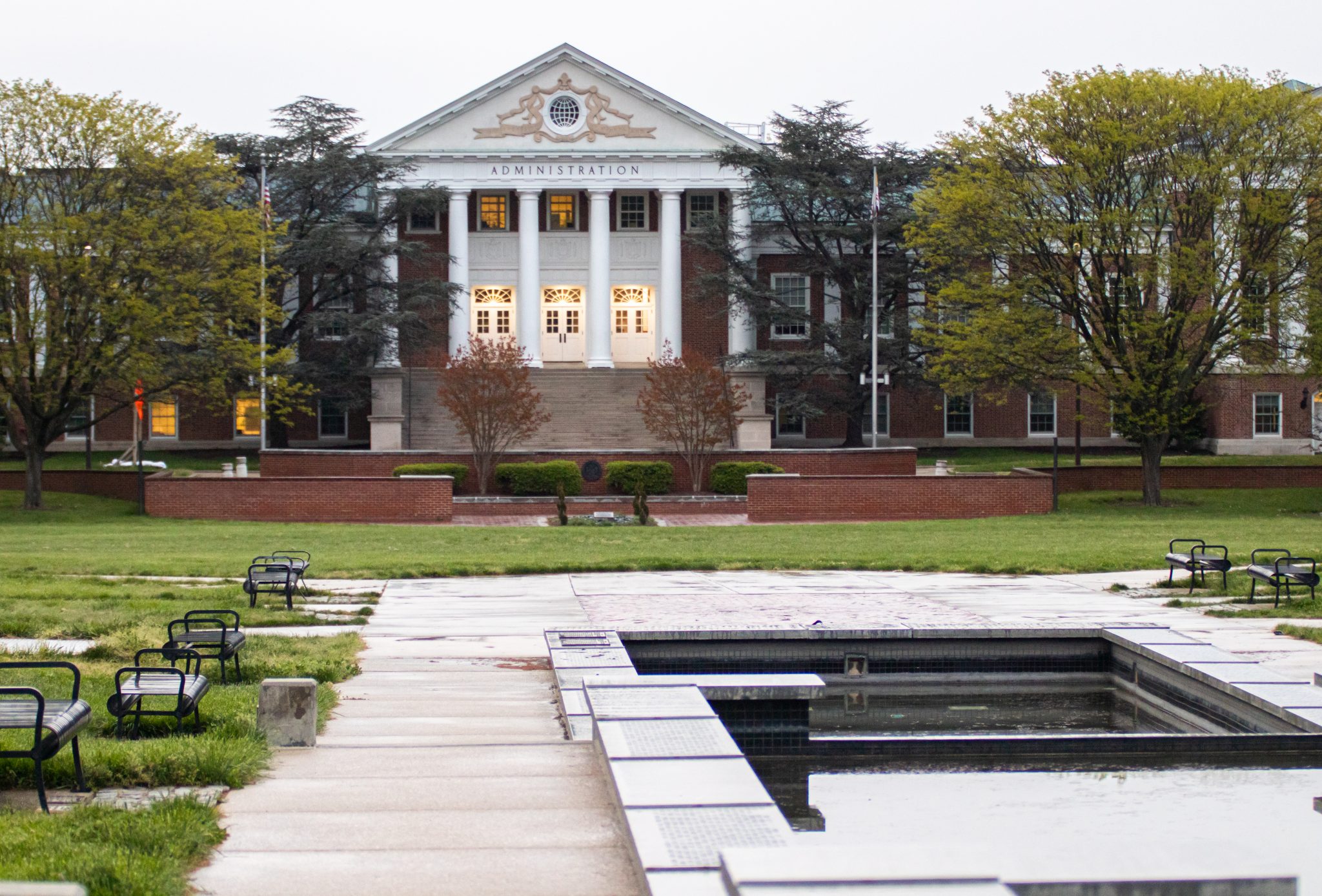Views expressed in opinion columns are the author’s own.
An occupational hazard of writing a column every week is that you’re liable to run out of things to say. The opinion pages of America’s biggest newspapers mostly contain lazy regurgitations of old shit from columnists who’ve been doing this for way, way too long. And so, although it’s sad to see my time at The Diamondback come to an end, it is in some ways a gift that I’m not allowed the time to become a complete hack.
I haven’t so much run out of ideas as returned to one idea over and over and over again. I’ve come to think of this as my “Only UMD Take.” It aims to provide a framework for interpreting campus news, and I think it has a good deal of explanatory power. Since this is my last column before graduating, I thought I’d return briefly to my Only UMD Take to see if it can tell us anything useful about the University of Maryland’s future or provide a bit of a warning to returning students.
My Only UMD Take flows from two observations: 1. Private donors seem to have a lot of sway over what happens here, and 2. there seems to be a lot of inequality within the university as to which offices, majors and departments get generous funding. I argue that both issues stem from inadequate public funding. When the university doesn’t have enough money, it has to make decisions about which projects to prioritize, and it will nearly always opt for departments and projects that tend to produce wealthy donors. When public cash is lacking, the administration relies on private donors to pick up the slack. In turn, this gives private donors inordinate sway over university governance. Since private donors tend to prefer funding projects related to STEM, business and athletics, inequality only compounds between the university haves and have-nots.
Getting out of this cycle requires an egalitarian-minded administration, as well as reforms to democratize university governance. But it primarily requires an end to austerity and a flood of public cash back into the university system. In other words, we need to make the University of Maryland public again.
Only a few months ago, I was somewhat optimistic about the prospects of this vision. The economy, both nationally and in Maryland, was fairly stable. There was a viable leftist presidential candidate doing quite well. And most importantly, there was — and is — a broad coalescence of interests on the austerity issue. Basically everyone, from students to staff to parents to the administration, would cheer an increase in state funding.
Of course, everything looks a lot worse now. The pandemic, and the resulting economic contraction, will bring a significant decrease in state and federal revenue, which policymakers will likely use as an excuse to impose devastating austerity measures on public services, including education.
In fact, this is already happening across the country. Just days ago, Maryland Gov. Larry Hogan, citing coronavirus-related funding constraints, vetoed a historic funding package to reinvigorate Maryland public schools. The Bill & Melinda Gates Foundation, which has spent decades trying to fire every unionized teacher in the country and replace them with a pre-recorded lecture by Salman Khan, is now partnering with New York’s state government to “reimagine” public education. In a deeply foreboding statement, New York Gov. Andrew Cuomo said, “The old model of, everybody goes and sits in a classroom, and the teacher is in front of that classroom, and teaches that class, and you do that all across the city, all across the state, all these buildings, all these physical classrooms — why, with all the technology you have?”
That latter example is particularly instructive: If public higher education funding does indeed dry up, this university will rely on rich people to (partially) fill the gap. And if donors become even more of a financial lifeline, they will likely be empowered to remake the university in accordance with their own principles, priorities and interests. This is deadly bad news for a public university’s integrity, as the lion’s share of rich people care little about the preservation of public goods — or, for that matter, any project or field of inquiry that doesn’t promise a high return on investment.
The twin fights against austerity and private encroachment into campus governance will, I think, demand much of student activist energy over the next several years. To those who remain enrolled here, I’ll offer a little bit of advice: Don’t be tricked into thinking that you’re crazy or unreasonable for expecting something more than layoffs, funding cuts and privatization. The greatest investment in public goods in this country’s history happened during the New Deal era, during the greatest economic crisis our country had ever seen. As the economist John Maynard Keynes once said, “Anything we can actually do we can afford.” And we can do this.
That said, this fight will be incredibly hard, under very unfriendly conditions. As a producer of takes, I have very little to offer in terms of practical or strategic advice. I’ve been beating my little drum on these pages since I was a freshman, and I’m not sure I will graduate from an institution that’s any more humane or public-minded than the one I entered four years ago. And so, maybe the best thing I can say as I prepare to leave this place I love so much is: Good luck.
Max Foley-Keene is a senior government and politics major. He can be reached at maxfkcap2016@gmail.com.



